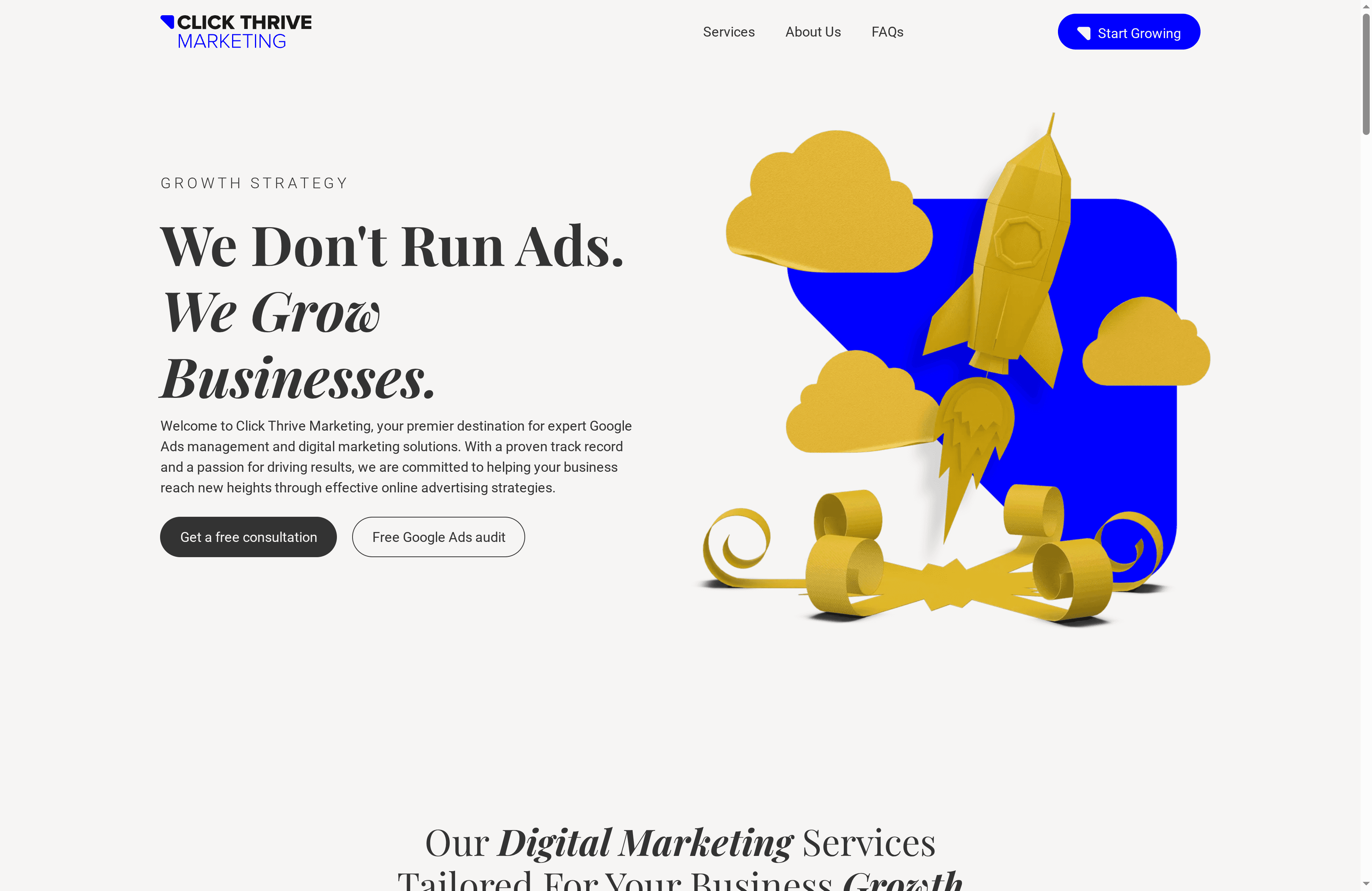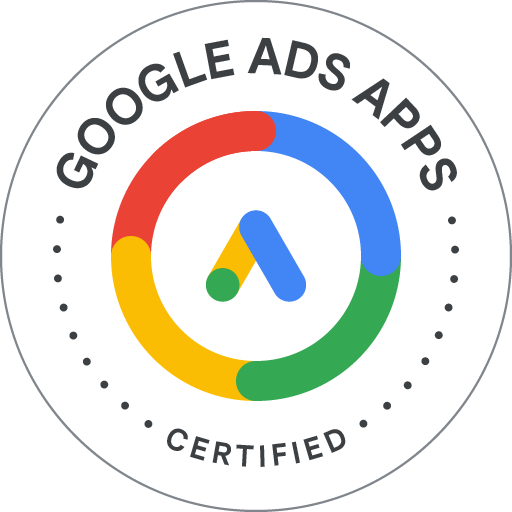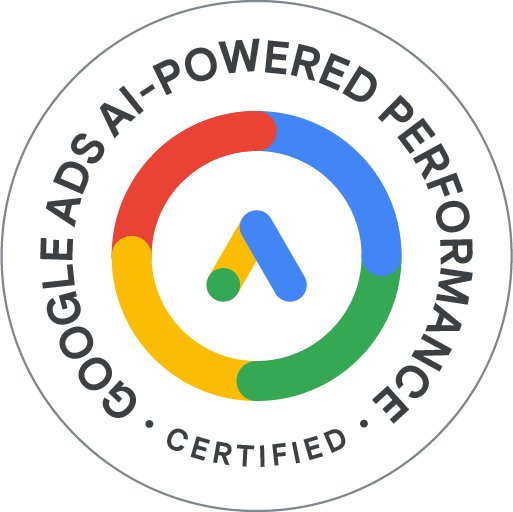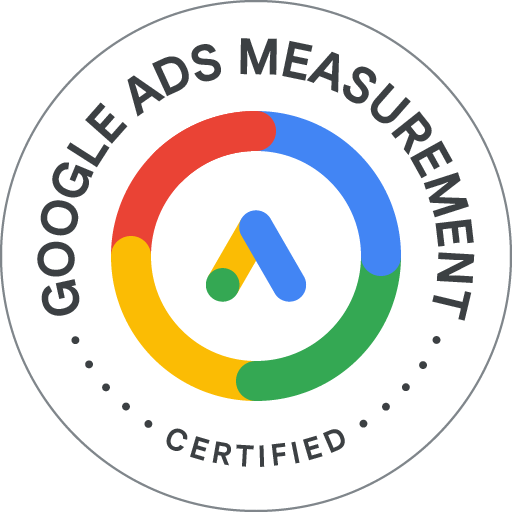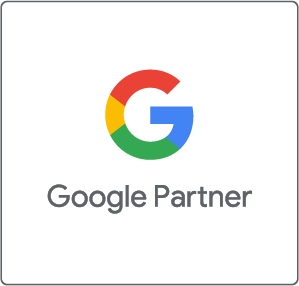Over 80 percent of businesses now rely on digital marketing to reach their customers online. As brands compete for attention in a crowded digital world, knowing how to use the right strategies can mean the difference between growth and getting left behind. Understanding the role of digital marketing, the different channels available, and the best ways to measure results gives any business a stronger chance to connect with more people and drive real results.
Table of Contents
- Defining The Role Of Digital Marketing
- Major Types Of Digital Marketing Channels
- How Digital Marketing Drives Business Growth
- Key Strategies For Effective Lead Generation
- Risks, Costs, And Measuring Roi In Digital Marketing
Key Takeaways
| Point | Details |
|---|---|
| Digital Marketing Integration | Businesses should leverage various digital marketing channels for a comprehensive strategy that targets audiences effectively. |
| Data-Driven Decision Making | Utilizing data analytics allows for real-time performance tracking, enabling immediate strategy adjustments to improve marketing outcomes. |
| Cost-Effectiveness | Digital marketing campaigns are generally more cost-effective than traditional methods, reducing customer acquisition costs while maximizing reach. |
| Lead Generation Techniques | Effective lead generation requires a multi-faceted approach that combines content marketing, SEO, and targeted advertising to convert prospects efficiently. |
Defining the Role of Digital Marketing
Digital marketing represents a strategic approach to connecting businesses with potential customers through online channels and digital technologies. Digital marketing is fundamentally about leveraging internet-based platforms to reach, engage, and convert target audiences more effectively than traditional marketing methods.
According to research from arXiv, the digital advertising ecosystem involves multiple interconnected players: advertisers, online publishers, ad exchanges, and web users. This complex network enables businesses to create precise, data-driven marketing strategies that can target specific demographics with unprecedented accuracy. The core objective is transforming digital interactions into measurable business outcomes.
Key components of digital marketing include:
- Search engine optimization (SEO)
- Pay-per-click advertising
- Social media marketing
- Email marketing campaigns
- Content marketing strategies
- Digital analytics and performance tracking
Digital marketing provides businesses with powerful tools to understand customer behavior, track campaign performance in real-time, and adjust strategies instantly. Unlike traditional marketing, digital channels offer granular insights into audience engagement, allowing marketers to optimize their approach continuously. When executed strategically, digital marketing can dramatically improve brand visibility, generate high-quality leads, and drive sustainable business growth.
By integrating multiple digital channels and using data-driven insights, businesses can create comprehensive Google Ads campaigns that reach potential customers at precisely the right moment in their purchasing journey.
Major Types of Digital Marketing Channels
Digital marketing encompasses a wide range of online strategies designed to reach and engage potential customers across various digital platforms. Digital marketing channels represent the diverse pathways businesses can use to connect with their target audience, each offering unique advantages and opportunities for customer interaction.
According to research from JETIR, digital marketing channels can be comprehensively categorized into several key types, each serving distinct marketing objectives. The study highlights the importance of understanding the performance and return on investment for different digital channels.
Primary digital marketing channels include:
- Search Engine Marketing (SEM): Paid advertising and optimization strategies on search platforms
- Social Media Marketing: Engagement and brand building on platforms like Facebook, Instagram, LinkedIn
- Content Marketing: Creating and distributing valuable, relevant content to attract and retain audiences
- Email Marketing: Direct communication and nurturing potential and existing customer relationships
- Mobile Marketing: Targeting users through mobile-specific channels and applications
- Affiliate Marketing: Partnering with external entities to promote products or services
Drawing from the PESO Model, digital marketing channels can be strategically classified into four distinct media types: Paid, Earned, Shared, and Owned. This framework helps businesses understand and leverage different channel characteristics to maximize their marketing effectiveness.
By implementing performance marketing strategies across these diverse channels, businesses can create comprehensive digital marketing approaches that reach potential customers through multiple touchpoints, ultimately driving engagement and converting leads into loyal customers.
How Digital Marketing Drives Business Growth
Digital marketing has transformed the way businesses grow and engage with potential customers, offering unprecedented opportunities for strategic expansion and targeted communication. Business growth through digital marketing is no longer just an option but a critical strategy for companies seeking to remain competitive in today’s rapidly evolving marketplace.
According to research from IJIRMPS, digital marketing provides cost-effective, targeted, and measurable campaigns that significantly outperform traditional marketing approaches. The comparative analysis reveals how internet-based channels enable businesses to reach precise audience segments with unprecedented efficiency, dramatically reducing customer acquisition costs and improving overall marketing ROI.
Key ways digital marketing drives business growth include:
- Targeted Audience Reach: Precision targeting of ideal customer demographics
- Real-Time Performance Tracking: Instant insights into campaign effectiveness
- Cost-Effective Marketing: Lower investment compared to traditional advertising
- Global Market Access: Ability to connect with international audiences
- Personalized Customer Experiences: Tailored messaging and engagement
- Scalable Marketing Strategies: Easy expansion of successful campaigns
Drawing from multichannel marketing principles, successful digital growth strategies involve blending different distribution and promotional channels to provide consumers with consistent, engaging experiences. By implementing real-world Google Ads campaigns, businesses can create comprehensive approaches that maximize customer touchpoints and drive sustainable growth across multiple digital platforms.
Key Strategies for Effective Lead Generation
Lead generation represents the critical process of identifying, attracting, and converting potential customers into interested prospects for a business. Effective lead generation requires a strategic approach that combines multiple digital marketing techniques to capture and nurture potential customer interest across various online platforms.
According to research from JETIR, different digital marketing channels demonstrate varying performance in lead generation, with some channels proving more effective than others in capturing potential customer attention. The study highlights the importance of understanding each channel’s unique strengths and targeting capabilities.
Key strategies for successful lead generation include:
- Content Marketing: Creating valuable, relevant content that attracts potential customers
- Search Engine Optimization (SEO): Improving online visibility to attract organic leads
- Targeted Advertising: Using precision targeting to reach ideal customer profiles
- Landing Page Optimization: Designing compelling conversion-focused web pages
- Email Marketing Campaigns: Nurturing potential leads through personalized communication
- Social Media Engagement: Building relationships and generating interest through interactive platforms
Drawing from digital display advertising principles, businesses can create interactive and engaging advertising formats that not only capture attention but also encourage potential customers to take action. By implementing targeted lead generation strategies for small businesses, companies can develop a comprehensive approach that transforms casual online interactions into meaningful business opportunities.
Risks, Costs, and Measuring ROI in Digital Marketing
Digital marketing represents a significant investment for businesses, requiring careful analysis of potential risks, associated costs, and comprehensive measurement of return on investment. Marketing ROI is not just about tracking spending, but understanding the complex relationship between marketing expenditures and actual business outcomes.
According to research from arXiv, digital marketing involves sophisticated infrastructure and algorithms that impact cost management, including critical considerations like user response prediction, bid landscape forecasting, and ad fraud detection. These technical aspects play a crucial role in determining the true financial effectiveness of digital marketing strategies.
Key considerations for managing digital marketing risks and costs include:
- Budget Allocation: Strategically distributing marketing spend across channels
- Performance Tracking: Implementing robust analytics and measurement tools
- Fraud Prevention: Protecting against invalid clicks and fraudulent activities
- Conversion Rate Optimization: Maximizing the efficiency of marketing spend
- Risk Mitigation: Identifying and addressing potential campaign weaknesses
- Cost Per Acquisition Analysis: Understanding the true cost of gaining new customers
Drawing from immersion marketing principles, businesses can create comprehensive strategies that provide consistent messaging across multiple channels while carefully managing costs. By implementing conversion rate optimization techniques, companies can develop more precise and cost-effective digital marketing approaches that minimize risks and maximize potential returns.
Unlock the Full Potential of Your Digital Marketing Strategy
Are you struggling to turn your digital marketing efforts into real business growth and quality leads? This guide reveals common challenges like targeting the right audience, tracking ROI, and optimizing campaigns that many businesses face today. With a focus on essential terms like lead generation, Google Ads, and conversion rate optimization, you can feel overwhelmed trying to manage all these moving parts alone.
At Click Thrive Marketing, we specialize in overcoming these exact hurdles. Our expert team manages high-impact Google Ads campaigns designed to maximize ROI and deliver measurable results tailored for small to medium-sized businesses. Explore how proven strategies and data-driven insights can transform your digital presence by visiting our Uncategorized Archives – Click Thrive Marketing to see real case studies and useful resources.
Don’t let your digital marketing fall short of its potential. Take control now and partner with professionals who understand the nuances of digital channels and lead generation. Visit Click Thrive Marketing today to get started with personalized solutions that drive real growth. Discover actionable tips and services that empower your campaigns on our main landing page. Your next step to sustained business success is just one click away.
Frequently Asked Questions
What is digital marketing?
Digital marketing is a strategic approach that connects businesses with potential customers through online channels and digital technologies, using platforms like social media, SEO, and email marketing.
How does digital marketing drive business growth?
Digital marketing drives business growth by enabling targeted audience reach, real-time performance tracking, cost-effective marketing strategies, and the ability to personalize customer experiences on a global scale.
What are the main types of digital marketing channels?
The main types of digital marketing channels include Search Engine Marketing (SEM), Social Media Marketing, Content Marketing, Email Marketing, Mobile Marketing, and Affiliate Marketing, each serving distinct marketing objectives.
How can businesses measure ROI in digital marketing?
Businesses can measure ROI in digital marketing by tracking performance metrics, analyzing customer acquisition costs, utilizing robust analytics tools, and conducting conversion rate optimization to ensure marketing expenditures align with actual business outcomes.
Recommended
- Performance Marketing Process for Maximizing ROI Results – Click Thrive Marketing
- 7 Essential Types of Google Ads Every Business Owner Should Know – Click Thrive Marketing
- Click Thrive Marketing – Click Thrive Marketing
- Ρόλος του Digital Marketing: Οδηγός για Επιχειρήσεις
- Digital Marketing Explained: Strategies, Channels, Results – Marzipan


